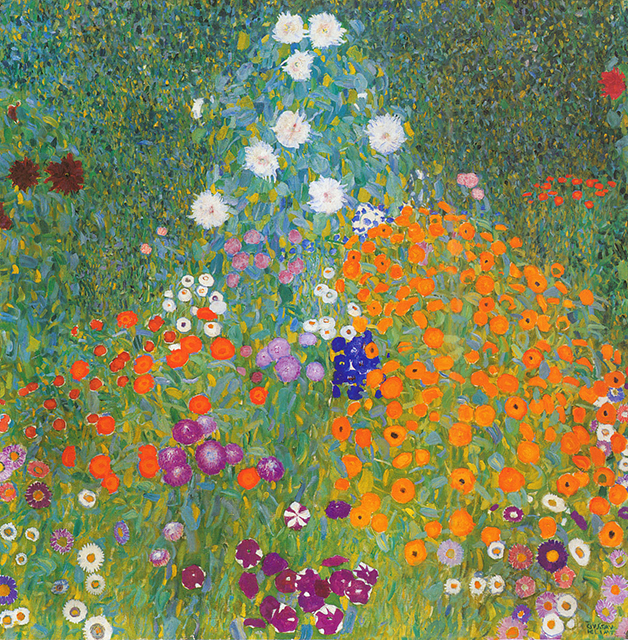Self-Knowledge • Behaviours
Learning to Be More Selfish
From a young age, we are taught that one of the greatest risks to our integrity and flourishing is our own selfishness. We must – wherever possible – learn to think more of other people, keep in mind how often we fail to see things from their point of view, and be aware of the small and large ways in which we disadvantage and ignore collective interests. Being good means, at its most basic, putting other people more squarely at the center of our lives.
But for some of us, the problem isn’t so much that we are heedless to this advice, rather that we take it far too closely and remorselessly to heart. So mindful are we of the risks of selfishness, we run into an opposite danger: an abnegation of the self, a modesty that borders on self-erasure, an automatic impulse to give everything over to competing parties, a shyness about pressing oneself forward and a manic inability to say ‘no’ or cause the slightest frustration to others.

And so, as a result of our talents at ‘selflessness’, we fill our diaries with obligations to people who bore and drain us, we stick at jobs that neglect our true talents and we stay for far too long in relationships with people who deceive us, annoy us and subtly (and possibly with a lot of sentimental sweetness) take us for a very long ride. And then one morning we wake up and find that the bulk of our life is already behind us, that our best years are spent and that no one is especially grateful for our sacrifices, that there isn’t a reward in heaven for our renunciations and that we are furious with ourselves for mistaking meekness and self-surrender for kindness.
The priority may then be to rediscover our latent reserves of selfishness. The very word may be frightening, because we aren’t taught to distinguish – as we must – between bad and good versions of this trait; between, on the one hand, the kind of selfishness that viciously exploits and reduces others, that operates with no higher end in view, that disregards people out of meanness and negligence, and on the other, the kind of selfishness that we require to get anything substantial done, that lends us the courage to prioritise our own concerns over the flotsam and jetsam of daily life, that lends us the spirit to be more forthright about our interests with people who claim to love us – and that at moments leads us to sidestep nagging demands not in order to make people suffer, but so that we can husband our resources and in time, be able to serve the world in the best way we can.
With a more fruitfully selfish philosophy in mind, we might fight to have an hour to ourselves each day. We may do something that could get us labelled as ‘self-indulgent’ (having psychotherapy three times a week or writing a book), but that is vital to our spirit. We might go on a trip on our own, because so much has happened that we need to process in silence. We cannot be good to anyone else until we have serviced some of our own inner callings. A lack of selfishness may be the fastest route to turning us into ineffective, embittered and ultimately highly disagreeable people.

Hindu philosophy can be a useful guide here, for it divides up our lives into four stages, each with its distinctive roles and responsibilities. The first is that of the bachelor student (known as Brahmacharya), the second that of the householder and parent (Grihastha) and the third that of the grandparent and semi-retired advisor (Vanaprastha). But it’s the fourth that is the really interesting age in this context: known as Sannyasa, this is the time when – after years of service to other people, to business, family and society – we finally throw off our worldly obligations and focus instead on the development of our psychological and spiritual sides. We might sell up our house, go travelling and wander the world to learn, talk to strangers, open our eyes and nourish our minds. In the period of sannyasa, we live simply (perhaps by a beach or by the side of a mountain); we eat basic food and have few belongings, we cut our ties with everyone who has nothing spirit-related to tell us, anyone who is on the make and in too much of a hurry, anyone who doesn’t spend a substantial amount of their time reflecting on the meaning of being alive.

What feels insightful about this division of existence is that it acknowledges that a Sannyasa way of living can’t be right for everyone at anytime – yet on the same score, that no good life can be complete without a version of it. There are years when we simply have to keep our heads down and study, years when we have to bring up children, and accumulate some capital. But there are also, just as importantly, years when what we need to do above all is say ‘enough’, enough to material and superficial demands, enough to sexual and romantic entanglements, enough to status and sociability – and instead, learn to turn our minds inwards and upwards.
Without having to don the orange robe favoured by Hindu Sannyasas, with perhaps few visible signs of our reorientation to speak of, it is open to all of us to make a psychological move into a more self-focused and inner age. We can convey to those around us that we aren’t lazy, mad, or callous; we just need to avoid doing the expected things for a while now. We need to fulfill our real promise by casting aside an idea that is only ever superficially wise: always putting other people first.


























